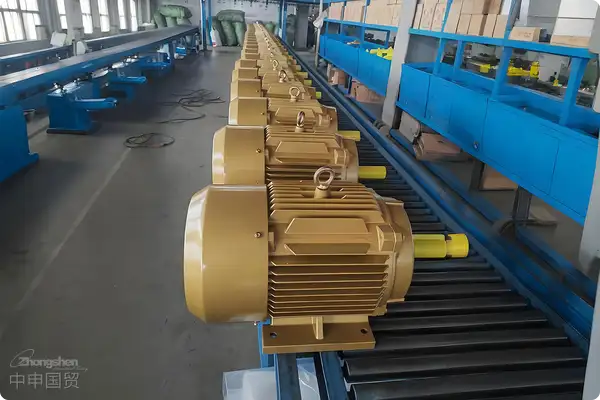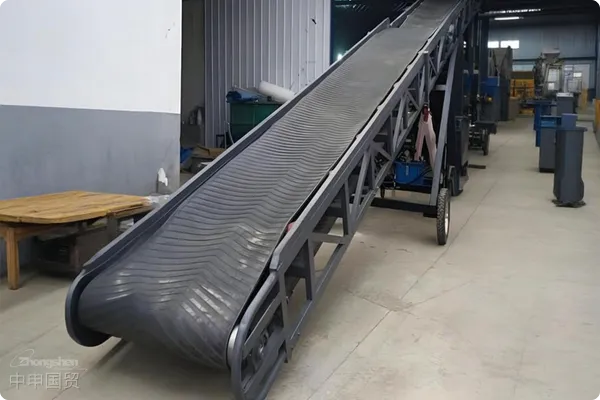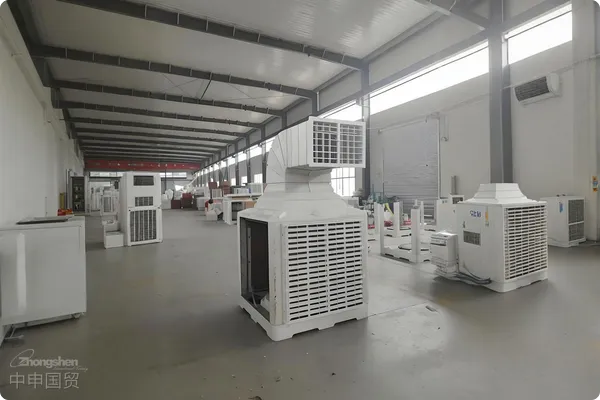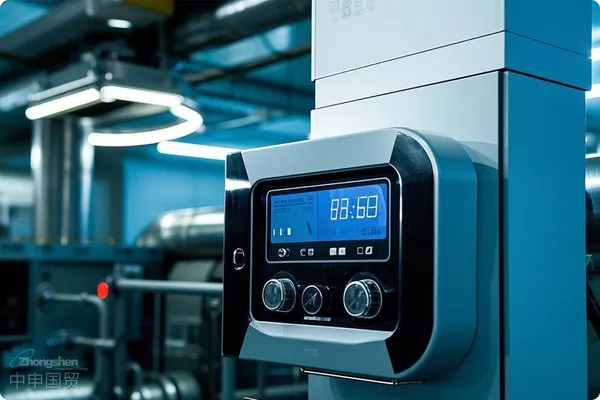- Shanghai Zhongshen International Trade Co., Ltd. - Two decades of trade agency expertise.
- Service Hotline: 139 1787 2118
In the globalized economy, small and medium-sized motors are capturing an increasing share of international markets. However, exporters face significant challenges due to diverse technical standards and regulations worldwide. This article explores the export process for small and medium-sized motors and their operational rules and standards in the U.S. market in detail.
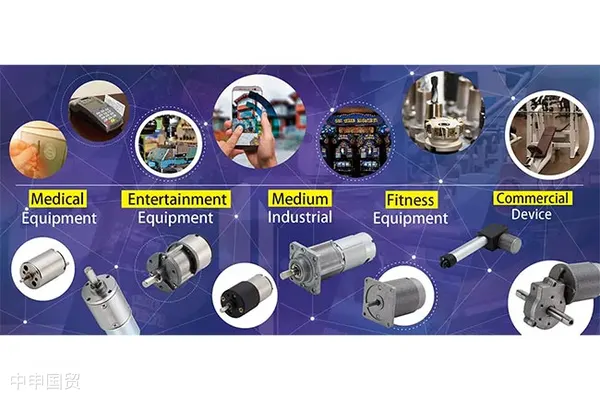
General Trade Export Process for Small and Medium-Sized Motors:
1、Signing Contracts with Domestic and Foreign Parties: andimport and exportTrade parties confirm orders and contracts;
Regional Mandatory CertificationsLetter of CreditReview: Verify the authenticity and consistency of the letter of credit provided by the buyer;
According to the size and quantity of the goods, book a suitable shipping space for the customer. Arrange cargo transportation and warehousing;
Commodity Inspection: Submit product quality, quantity, and packaging details for verification by inspection agencies;
Settlement and Tax Refund ManagementExport Clearance: Provide relevant documents to customs for export declaration;
Prepare Full Set of Export Documents: Prepare invoices, packing lists, shipping documents, etc.;
Cargo Loading: Arrange cargo loading onto the vessel and notify the seller;
Insurance: Insure the goods as required by the contract;
Negotiation Document Review: Conduct strict verification of trade documents to ensure consistency;
10、A complete export agency agreement should be attached with:: Confirm receipt of payment from the buyer;
Verification and Tax Refund: After completing the export transaction, conduct foreign exchange verification and complete tax refund procedures.
In addition to following general trade agency export procedures, small and medium-sized motors exported to the U.S. market must also navigate technical barriers arising from standards and regulations, particularly in energy efficiency and safety. UL certification, as a passport for entering the U.S. market, requires sufficient attention and meticulous handling.
UL certification in the U.S. focuses on the safety performance of products such as motors, electrical appliances, power tools, insulating materials, and wires and cables, providing a formal certification process that plays a critical role in the North American market. To sell small and medium-sized motors and other electrical products in the U.S. market, UL certification is typically required to ensure product safety and compliance with specific standards.



The UL certification process is relatively clear and step-by-step. Below is a brief overview of the UL certification application process:
UL Certification Application Process
Submit application and documents
Applicants role:Required to submit product testing application and responsible for all engineering service fees.
Listed company:A company listed in ULs certification.
Manufacturing factory:The entity that manufactures and produces the products.
Document preparation:Includes company information (such as name, address, contact details) and product information (such as name, model, purpose, component list, electrical performance, etc.).
Document review and decision
Basis for decision:UL engineers make decisions based on the provided documents, including the applicable UL standards, testing engineering fees, testing time, sample quantity, etc.
Notification method:These decisions will be notified to the applicant in writing, and the official application form and Follow-Up Service Agreement will be sent to the applicant company.
Payment, return of application form, and sample shipment
Sign and return:The applicant must sign the application form and Follow-Up Service Agreement and return them to UL.
Payment and sample shipment:Make payment via bank transfer and ship the samples, with detailed information such as name and model number clearly specified.
Product testing
Time notification:Upon receiving the signed application form, payment, and samples, UL will notify the applicant of the estimated completion time for the testing plan.
Third-party data:UL may also accept reviewed third-party test data.
Test report:If the test results meet UL standard requirements, UL will issue a compliance test report and Follow-Up Service Procedure test report.
Authorization to Use UL Mark
Initial Factory Inspection:ULs regional inspectors in China will contact the manufacturing plant to conduct the Initial Production Inspection (IPI), examining the production lines and storage conditions of products and components.
Unannounced Inspections:Inspectors will conduct unannounced factory inspections, with frequency determined by product type and production volume. Most product categories require at least four inspections annually.
Additional Considerations
Design Phase Considerations:From the initial product design stage, design engineers must incorporate product safety performance into design objectives and ensure the UL standards used align with the testing phase.
Using UL-Certified Components:Whenever possible, use materials or components that have already passed UL safety testing to increase the likelihood of passing the test on the first attempt.
Product Pre-Testing Service:UL offers a product pre-testing service to accelerate product development by evaluating samples, components, or related product information during the R&D phase. This helps avoid redesigns, shortens full testing cycles, and saves overall R&D costs and time.
Related Recommendations
Category case
Contact Us
Email: service@sh-zhongshen.com
Related Recommendations
Contact via WeChat

? 2025. All Rights Reserved. 滬ICP備2023007705號-2  PSB Record: Shanghai No.31011502009912
PSB Record: Shanghai No.31011502009912

